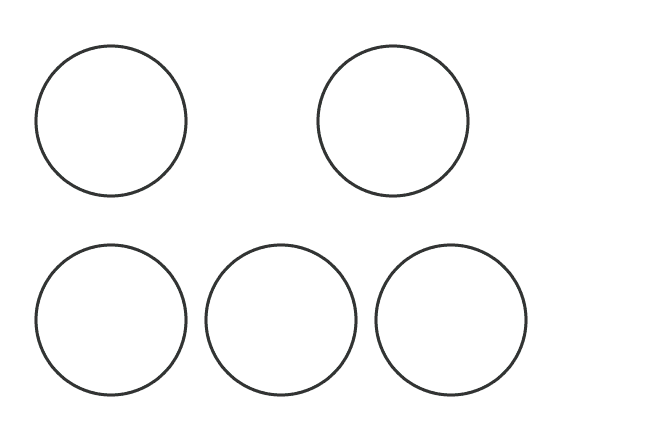The two or more fractions that contain different denominators are called the unlike fractions.
In some cases, if we observe two or more fractions, they may have different denominators and it seems they are dissimilar. So, the fractions are called the unlike fractions.
The unlike fractions are possibly formed if every quantity is divided as different number of parts and it breaks the similarity between them. Hence, the fractions become dissimilar.
The concept of unlike fractions can be understood from an example with geometrical explanation.

In this way, two proper fractions $\dfrac{1}{4}$ and $\dfrac{3}{5}$, and an improper fraction $\dfrac{8}{3}$ are formed. In this case, the denominators (consequent) are different. Therefore, the fractions are called as unlike fractions.
Therefore, the unlike fractions can be either proper fractions or improper fractions or both.
A free math education service for students to learn every math concept easily, for teachers to teach mathematics understandably and for mathematicians to share their maths researching projects.
Copyright © 2012 - 2025 Math Doubts, All Rights Reserved